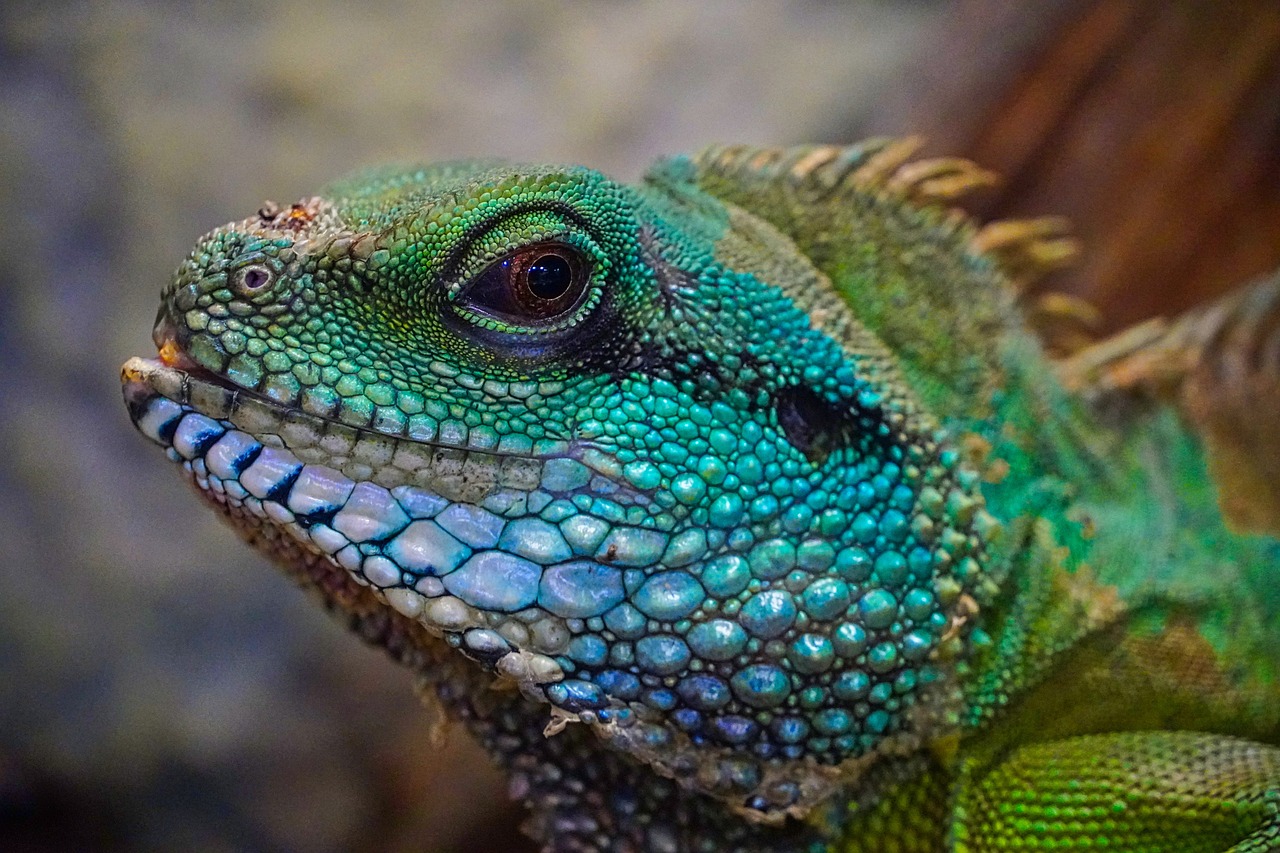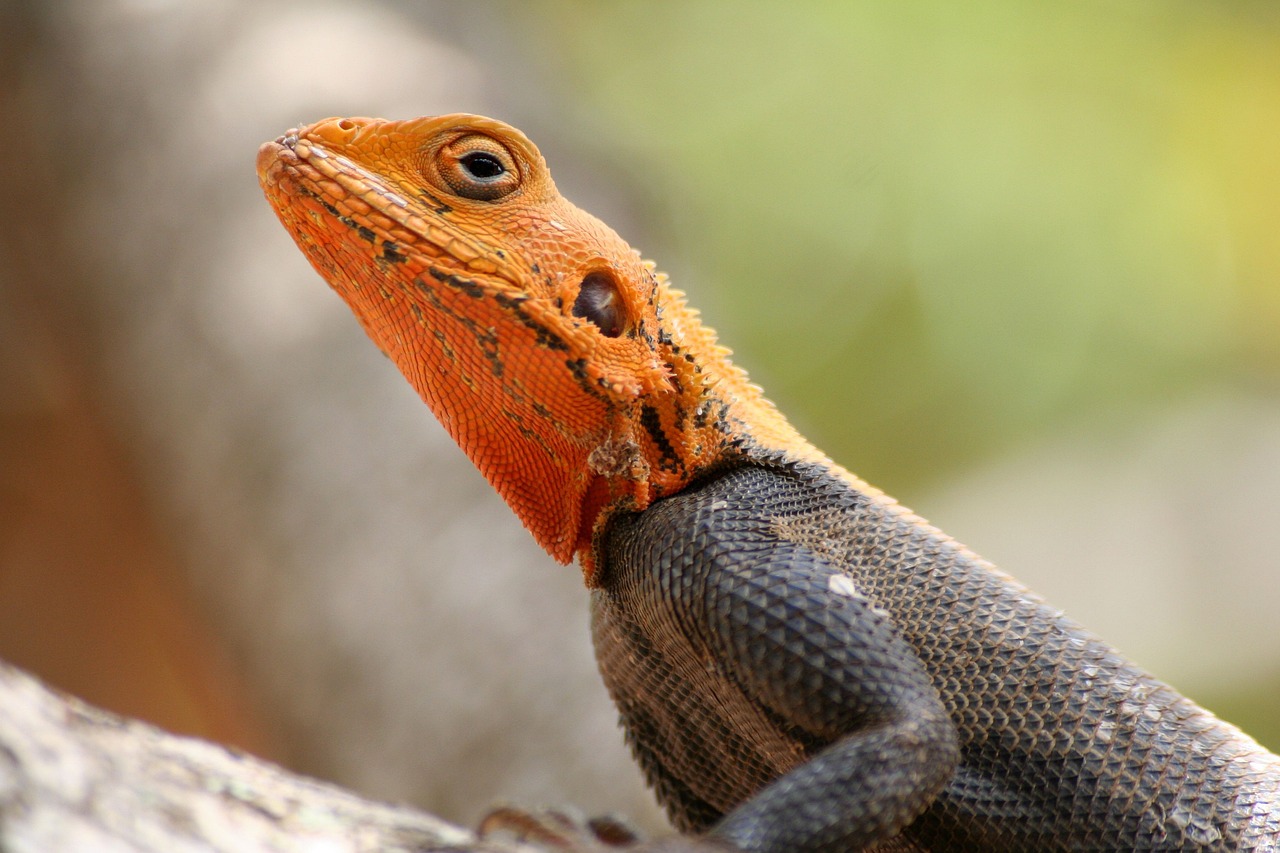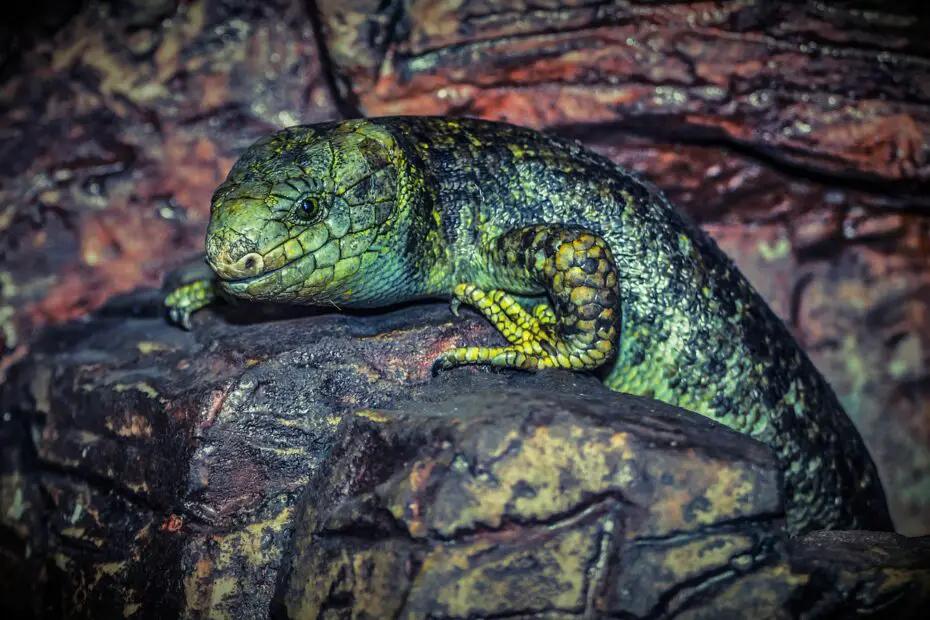Reptiles, a diverse group of cold-blooded creatures that include snakes, turtles, lizards, and crocodilians, have been around for millions of years, surviving and adapting to various environmental changes. However, in recent times, many reptile species are facing unprecedented challenges that threaten their survival.
In this blog, we will explore the state of reptile conservation, the major challenges they confront, and the innovative solutions that offer hope for their future.
You maya also want to know how fast an alligator runs.
The Current State of Reptile Conservation
Reptiles are often overlooked in conservation efforts compared to more charismatic animals like tigers or elephants. However, they play crucial roles in their ecosystems as predators, prey, and seed dispersers. Furthermore, reptiles are valuable indicators of ecosystem health. The decline of reptile populations can signal broader ecological issues.
The International Union for Conservation of Nature (IUCN) Red List of Threatened Species classifies many reptile species as vulnerable, endangered, or critically endangered. These classifications are indicative of the urgent need for conservation efforts. Here are some of the primary challenges reptiles face:

1. Habitat Loss and Fragmentation
As human populations expand, habitat destruction and fragmentation are among the most significant threats to reptiles. Urbanization, agriculture, and infrastructure development lead to the destruction of crucial habitats. Fragmentation isolates reptile populations, making it difficult for them to find mates and food, and increases their vulnerability to predators.
2. Climate Change
Climate change poses a severe threat to reptiles. Many species have specific temperature requirements for survival and reproduction. As global temperatures rise, reptiles may face challenges in maintaining their body temperatures within the optimal range. Changes in precipitation patterns can also affect food availability and breeding opportunities.
3. Poaching and Illegal Wildlife Trade
Reptiles are often targeted for the illegal wildlife trade. Some species, like tortoises and certain snakes, are highly sought after in the pet trade and for their skins. This illegal trade not only decimates wild populations but also fuels organized crime and undermines conservation efforts.
4. Invasive Species
The introduction of invasive species can have devastating effects on native reptile populations. Invasive predators, such as rats, cats, and mongoose, can prey on reptile eggs and juveniles, leading to population declines.

5. Disease
Emerging diseases, such as chytridiomycosis in amphibians and ranavirus in reptiles, pose a significant threat to reptile populations. Disease outbreaks can spread quickly, leading to mass mortalities.
Solutions for Reptile Conservation
While the challenges facing reptiles are daunting, there is hope for their conservation. Conservationists and researchers are working tirelessly to develop and implement innovative solutions to address these issues and ensure a future for these remarkable creatures.
1. Habitat Protection and Restoration
One of the most effective ways to conserve reptile species is to protect their natural habitats. This involves creating and enforcing protected areas, establishing wildlife corridors to connect fragmented habitats, and engaging in habitat restoration efforts. Conservation organizations, governments, and local communities play crucial roles in these initiatives.
2. Captive Breeding and Reintroduction
For critically endangered reptile species with dwindling wild populations, captive breeding and reintroduction programs can be a lifeline. These programs involve breeding individuals in captivity and then releasing them into their native habitats once conditions are suitable.
3. Education and Awareness
Raising awareness about the importance of reptiles and the threats they face is essential. Education programs targeting local communities and the general public can foster a sense of stewardship and promote responsible behavior. Additionally, campaigns to discourage the purchase of wild-caught reptiles can help reduce the demand for the illegal pet trade.
4. Sustainable Harvesting
For species that are harvested for the pet trade or other purposes, sustainable harvesting practices must be implemented and monitored. This ensures that wild populations are not overexploited, and individuals are harvested in a way that does not harm the species’ survival.
5. Research and Monitoring
Continued research into reptile biology, ecology, and behavior is essential for informed conservation efforts. Monitoring programs help track population trends and the impacts of conservation interventions. Furthermore, scientific research can inform habitat management and disease mitigation strategies.
6. Climate Change Mitigation
Addressing climate change is critical for reptile conservation. Efforts to reduce greenhouse gas emissions and support policies that promote climate resilience can help mitigate the impacts of a warming planet on reptile populations.
7. Community Engagement
Engaging local communities in conservation efforts is essential. When communities see the value of protecting reptiles and their habitats, they become key partners in conservation. This may involve providing alternative livelihoods, supporting sustainable resource management, and ensuring that local voices are heard in conservation decision-making.
Success Stories in Reptile Conservation
While many reptile species remain at risk, there have been notable successes in reptile conservation efforts. For example:
- The Grand Cayman blue iguana, once considered one of the world’s rarest iguanas, has made a remarkable recovery thanks to captive breeding and habitat restoration efforts.
- The Galápagos giant tortoises, iconic inhabitants of the Galápagos Islands, have seen population increases through captive breeding and habitat restoration on various islands.
- The California condor, though a bird, is a notable example of a successful recovery program involving captive breeding and reintroduction efforts, showing that these techniques can be effective for reptiles as well.
These success stories underscore the importance of proactive conservation measures and international cooperation in preserving endangered reptile species.
The Future of Reptile Conservation
The future of reptile conservation is intertwined with our commitment to protecting biodiversity and the natural world. As we address the challenges of habitat loss, climate change, and the illegal wildlife trade, we have the opportunity to secure a future where reptiles continue to play their vital roles in ecosystems and captivate us with their unique beauty and behavior.
Individuals, organizations, and governments must work together to support conservation initiatives, fund research, and promote sustainable practices. By raising awareness, fostering a sense of responsibility, and implementing innovative solutions, we can ensure that reptiles remain a part of our planet’s incredible tapestry of life for generations to come. The future of reptile conservation is in our hands, and it is a future worth fighting for.
